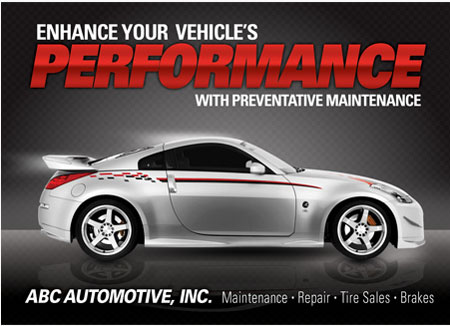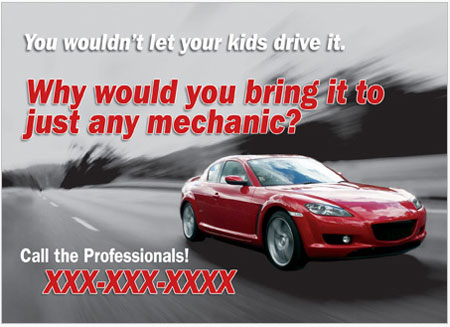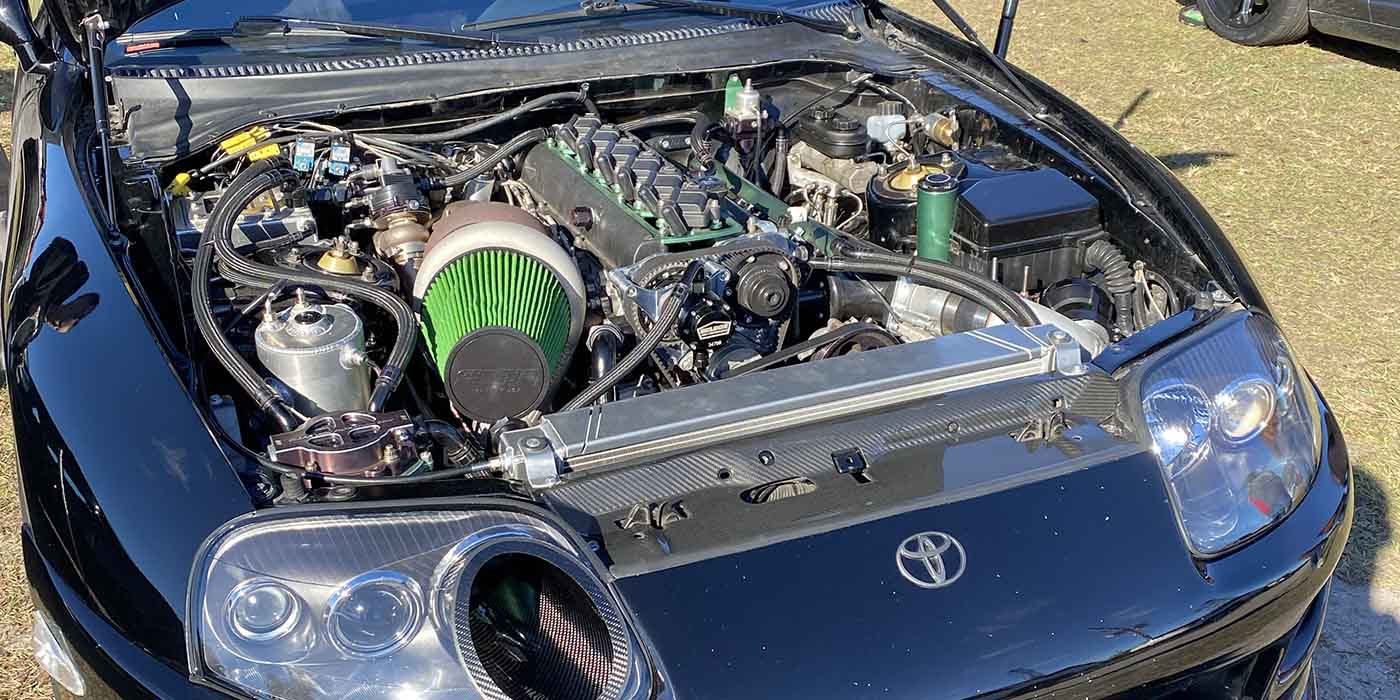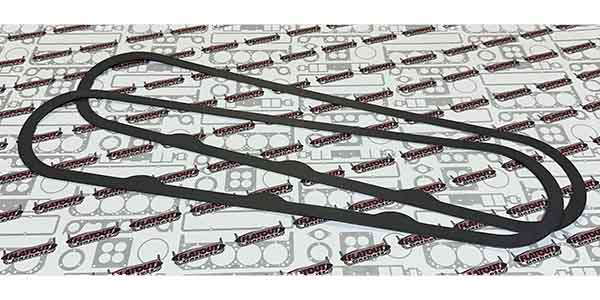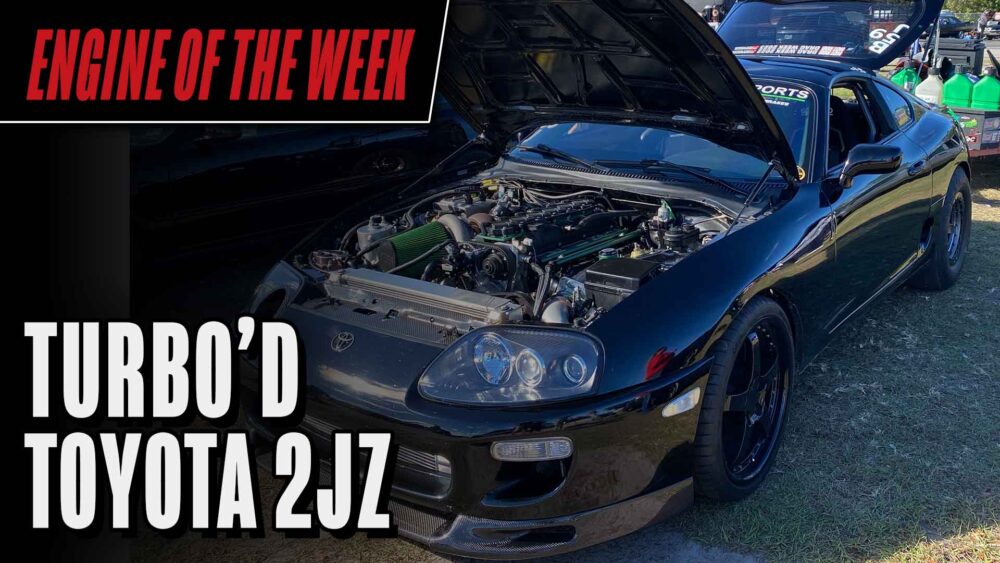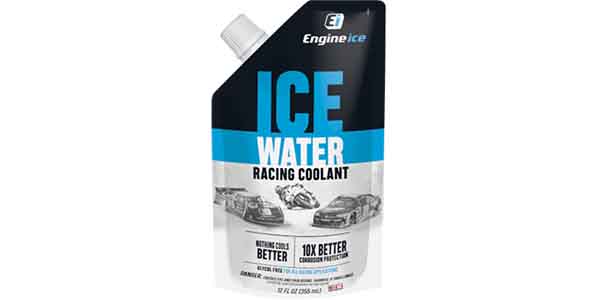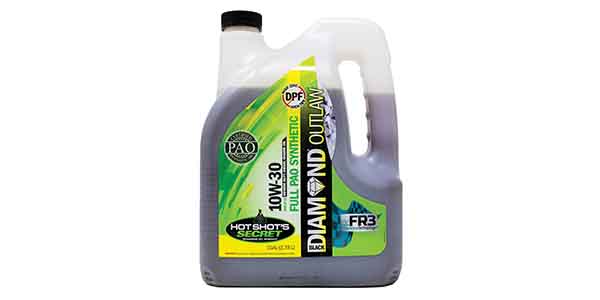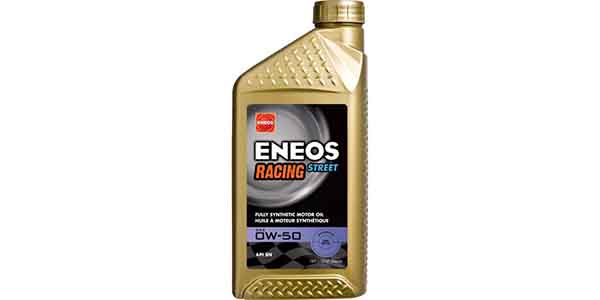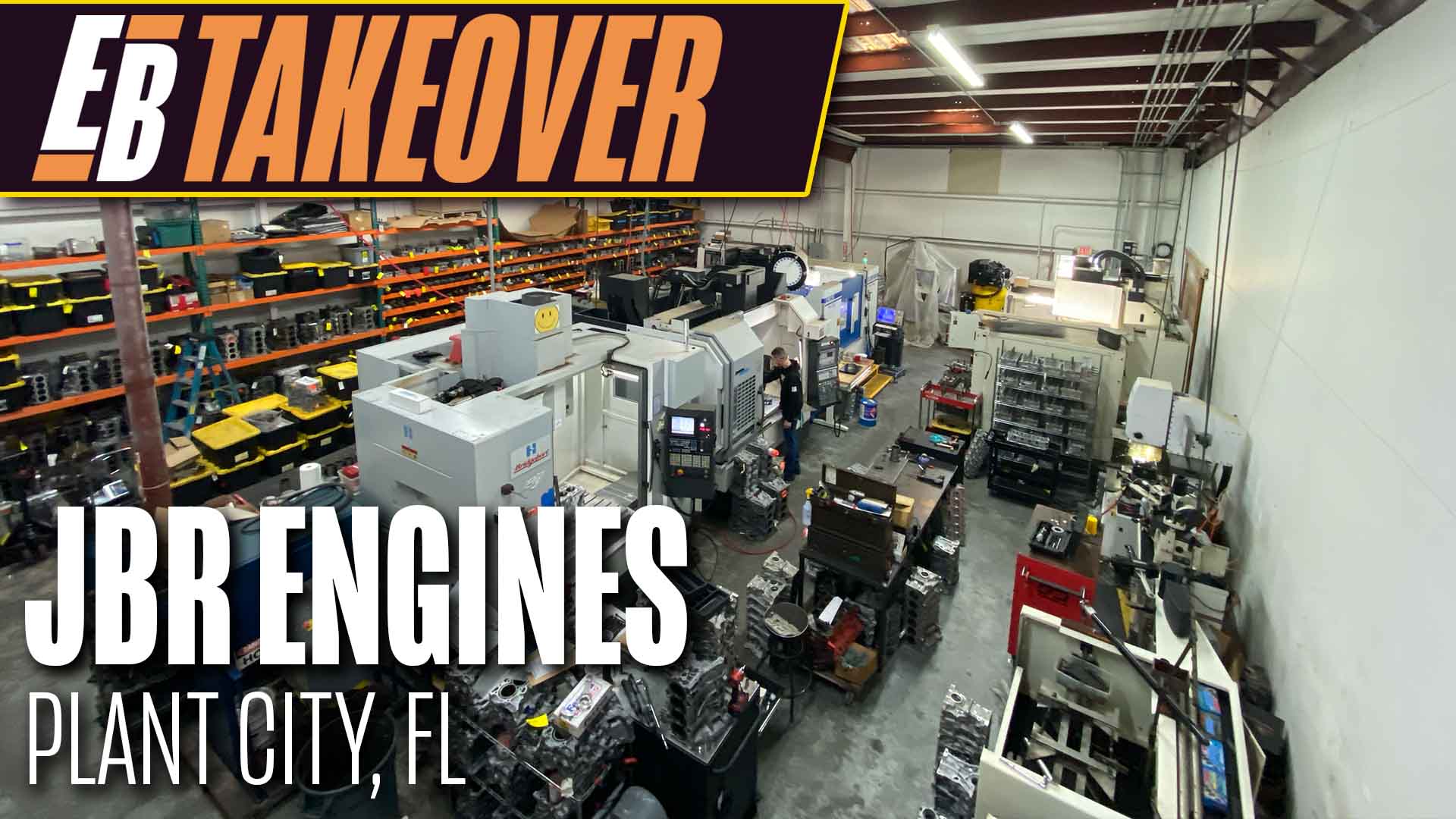Just like an engine, there are a lot of moving parts when it comes to marketing, and postcard marketing, in particular, is no exception to that rule. There is a definite amount of strategic planning, skill, and coordination that goes into creating a perfect direct mail campaign, but if you get it right, it can propel your business to new heights.
You cannot just snap your fingers and produce an effective design and targeted mailing list, but I know a few tricks of the trade that can help you construct a winning campaign right from the beginning. That way you can forego the trial and error setbacks many of us in the marketing industry, myself included, experienced on the road to direct mail marketing expertise.
I won’t lie to you; there are many nuances that go into creating a fully-optimized postcard marketing campaign. HOWEVER, that’s not what we need to discuss right now. Instead, let’s focus on the Big Three; because once you know the Big Three, you can create excellent results with your postcards, even if you haven’t yet mastered the more nuanced strategies designed to wring every last cent out of your marketing investment.
By nailing the Big Three, you will see big-time results from your marketing. Then, you can focus on fine-tuning later. The Big Three are: Size, Design and List.
Postcard Size
“What size postcard do I need? Can I get away with a smaller card? What is the benefit of a bigger postcard anyway?”
The size of your postcard directly and immediately affects the response to your mailing. Of course, there are many variables when comparing direct mail campaigns, but you would be hard-pressed to find someone who disagreed with the following statement: “A larger postcard is easier to see.” It is simply a fact. A large postcard IS easier to see than a smaller one, and that means more people will notice a large card, read it, and engage with your advertisement than they would with a smaller card.
Most direct mail postcard companies have options when it comes to the size of your card. If the company you choose doesn’t give you options, choose another company. Usually, your options will look like this: Small (4×6), Medium (5×8), and Large (6×11), though the names will vary. The size you need can be decided by answering these questions:
1. How much do other companies in your industry market?
a. Not at all/I’m the only one (You can lean towards a smaller card)
b. Light to Moderate Amount (Lean toward a larger card)
c. Moderate to Heavy Amount (You need a large card)
2. Do your direct, local competitors also mail postcards?
a. No (You can lean toward a smaller card
b. Yes (You need a large card)
3. How much explaining does your offer require?
a. Not that much/Easy to grasp (Smaller card is fine)
b. A little background info (Medium should do the trick)
c. A lot/Details are important (Go big or go home)
My guess is that for machine shops, the answers are Bs across the board. Based on these results, my suggestion is a medium or large sized card. There is no use putting the effort into a card just to have it ignored because you wanted to save a little bit on printing. You are selling a larger ticket item/service, so a larger advertisement is in order.
Graphic Design
In order to design a card that cuts through the noise and communicates your message to prospects, there are a few elements that you need to be aware of and include in the design; precisely, there are ten of them:
1. Clear Headline
2. Supporting Graphic
3. Color that Pops
4. Intriguing Sub-Headings on the back that lead into benefits
5. Benefits!
6. Enticing Offer
7. Business Name and Logo
8. Call to Action and/or expiration date for the offer
9. Contact Information – website, map, phone number
10. Return Address
(You can find direct mail postcard samples at http://bit.ly/WMpw86)
Elements 1, 2, and 3 are crucial to grabbing attention and immediately turning that attention into a decision to continue reading the postcard. If you fail to grab attention and generate interest, your card will be trash can-bound. Elements 4, 5, and 6 are where you persuade the reader to take action.
The sub-headings pull the reader into the body copy, which needs to be chock-full of customer-related benefits. Then you seal the deal with an offer they can’t refuse. Elements 7-10 give your prospect the information he needs to respond. Number 8, the call to action, is especially important because, believe it or not, most people won’t think to take action if you don’t ask them to. They are too busy already.
Once you get these elements working together, you are ready to mail. But to whom?
The Mailing List
The final, and most crucial, of the Big Three is the mailing list. Even a great postcard is toast if you mail it to the wrong sort of people. You see, the mailing list defines the type of person who will be receiving your ad. That’s why it influences response more than any of the other factors.
To get the perfect mailing list, you need to understand the type of person who is your “ideal prospect.” Does your shop cater to a specific clientele? Maybe higher-end automobile engines? What about diesel truck engines? Whatever your ideal target market is, that is who you need to get a list of. The specificity of the lists you can obtain is astonishing, too. The trick is to know exactly the type of prospect you are looking for.
So if you want to give your marketing a boost, just nail the Big Three. Postcards are proven to work. I have seen it over and over again for 55,000+ businesses. They work, and this is how to make them work for you. Now, go make 2013 your most profitable year yet!
Joy Gendusa is the owner and CEO of PostcardMania, a full-service postcard marketing company helping clients create turn-key marketing campaigns with graphic design, printing, mailing list acquisition and mailing services. For more information, visit www.postcardmania.com.
